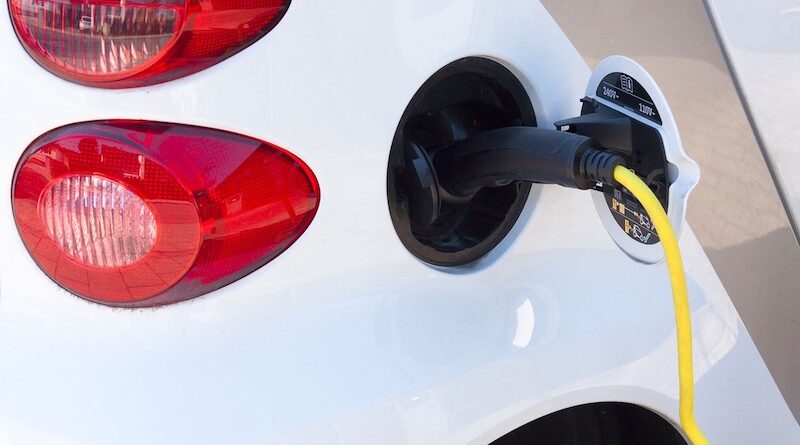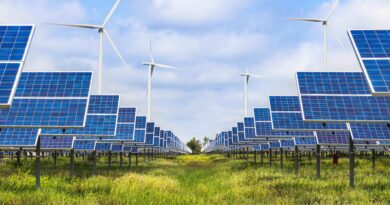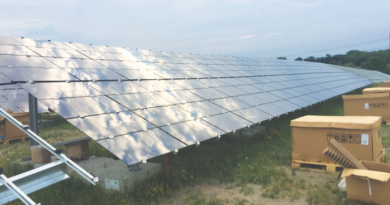U.S. Charging Infrastructure: Growth, Challenges, and Future Prospects
Here’s a look at the current electric vehicle charging landscape.
According to EV Market Reports, The electric vehicle (EV) landscape in the United States is evolving rapidly, driven by significant investments in the charging infrastructure. According to the National Renewable Energy Laboratory’s (NREL) latest report, the U.S. EV charging network is expanding at an impressive pace, yet it still faces challenges in meeting future demand.
Surge in charging port installations
The NREL highlights a substantial increase in the number of EV charging ports across the country. As of the fourth quarter of 2023, the U.S. had 190.072 EV charging ports, marking a 5,0% increase over the previous quarter. This growth is largely driven by the expansion of public charging infrastructure, which saw a 5,2% increase, adding 8.315 new public charging ports. Private charging infrastructure also grew by 3,5%, reflecting ongoing efforts to enhance the accessibility of EV charging for businesses and residential complexes.
Notably, direct-current (DC) fast charging ports, which offer the quickest charging times, experienced the most significant growth. The report notes a 9,2% increase in DC fast charging ports, with 3.210 new ports added in states like California, Oklahoma, Texas, and Georgia. In contrast, Level 1 (L1) charging ports, which are the slowest and typically used in residential settings, saw a decline of 17,4%, underscoring the market’s shift toward faster charging solutions.
Regional disparities in charging infrastructure
The growth of EV charging infrastructure is not uniform across the United States. The Southeast region recorded the highest growth in public charging infrastructure, with a 7,8% increase in the fourth quarter. This was driven by the expansion of networks such as ChargeUp, ChargePoint, and Blink, along with Tesla’s Supercharger network, which remains a significant player in the market.
California continues to lead the nation in the number of public EV charging ports, accounting for over 27,0% of the total. However, the state’s growth rate has slowed to 3.5%, indicating that other regions are beginning to catch up. States like Oklahoma, Delaware, Idaho, Connecticut, and North Carolina have emerged as hotspots, recording the highest percentage growth in charging ports per 100 EVs. This trend highlights the increasing regional diversity in EV infrastructure development, with traditionally lower-adoption states now making significant strides.
The importance of DC fast charging
DC fast charging is increasingly recognised as a critical component of the U.S. EV infrastructure, particularly for long-distance travel and for EV owners without access to home charging. The NREL emphasises the rapid growth of DC fast charging ports with high power outputs, particularly those offering 150 kW or more. These ports can charge an EV in under 30 minutes, making them essential for widespread EV adoption.
The report also highlights the dominance of Tesla’s Supercharger network, which accounts for 61,2% of all public DC fast charging ports in the U.S. This network is followed by Electrify America and EVgo, which hold 10,6% and 7,7% of the market share, respectively. The growth of these networks is crucial for ensuring that the U.S. EV infrastructure can meet the demands of a rapidly expanding EV market.
Meeting future demand: Challenges and prospects
Despite the significant progress, the NREL points to several challenges that could hinder the growth of EV charging infrastructure. One of the main concerns is the gap between the current number of charging ports and the projected needs for 2030. The report estimates that the U.S. will require approximately 1,2 million public EV charging ports, including 182.000 DC fast chargers, to support an estimated 33 million EVs on the road by 2030. However, as of the end of 2023, only 10,7% of the required DC fast chargers and 12,1% of the necessary Level 2 chargers have been installed.



